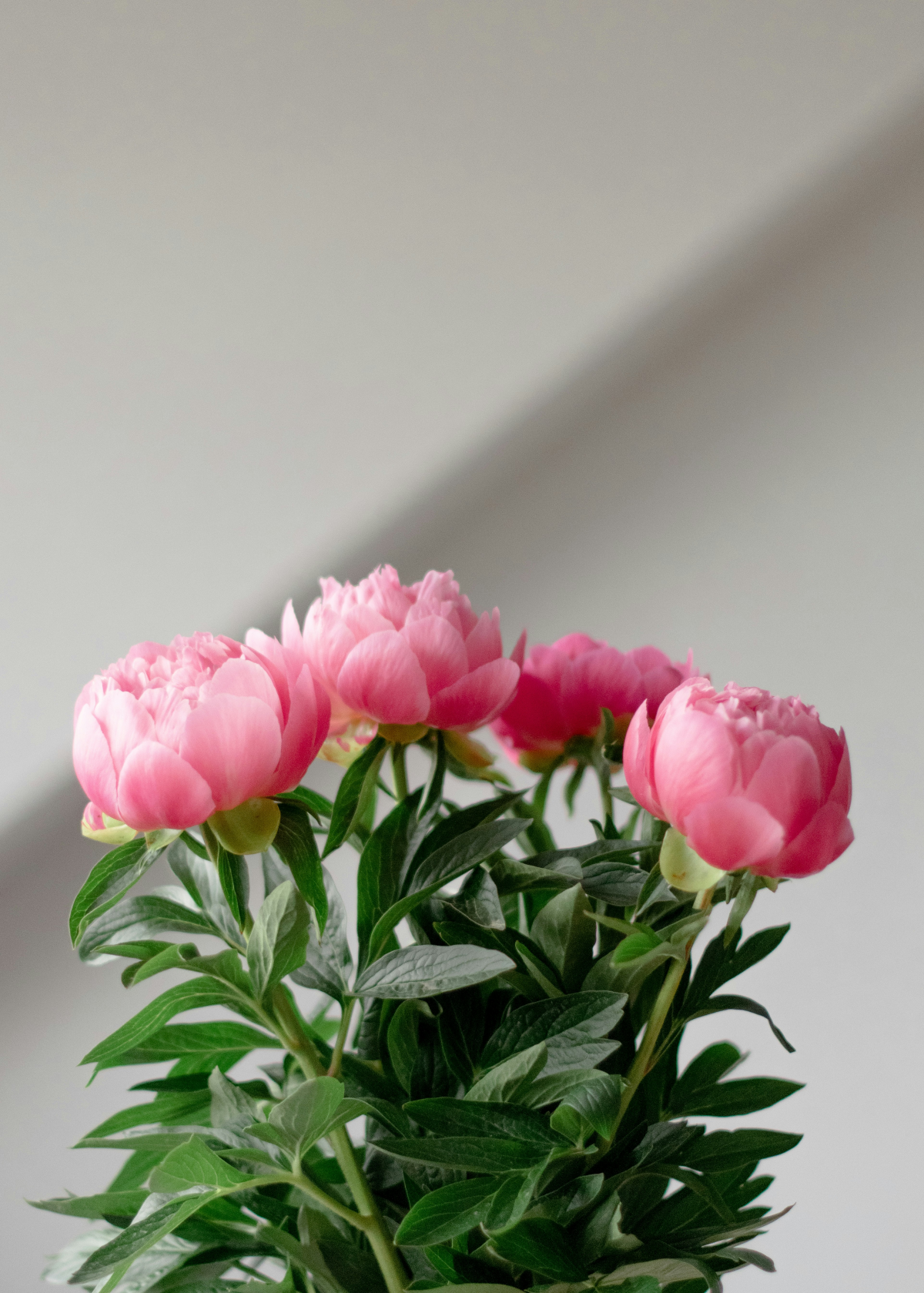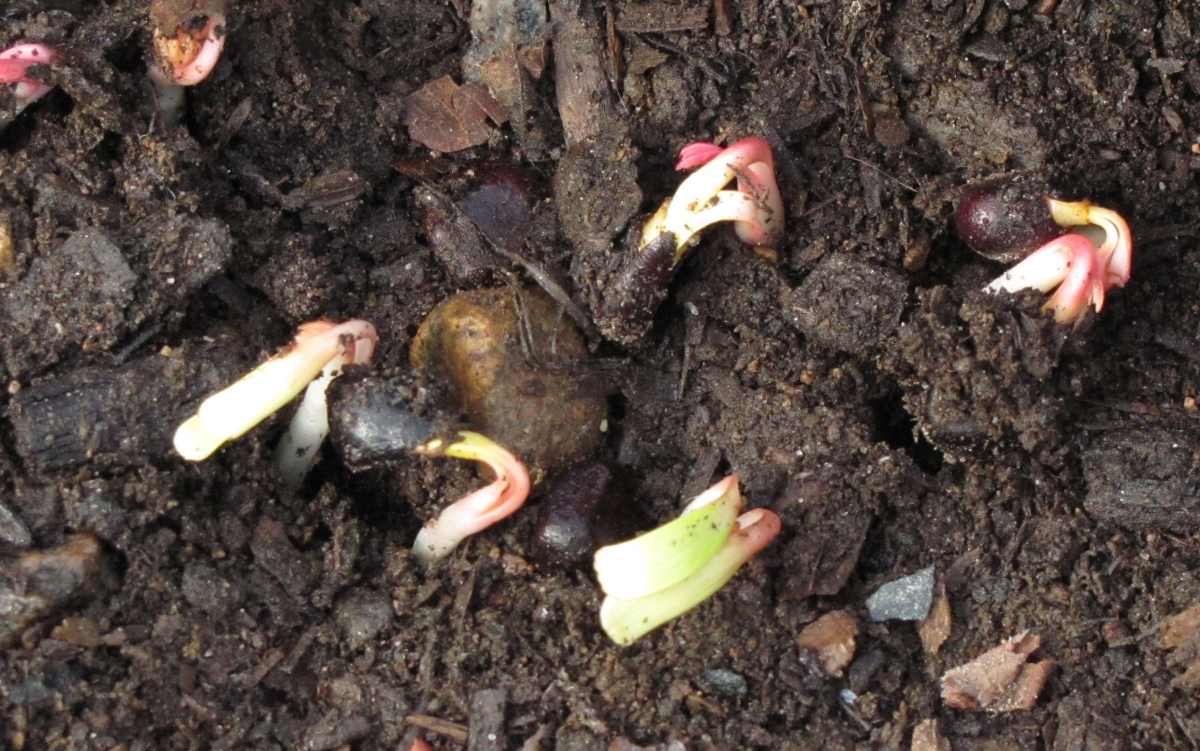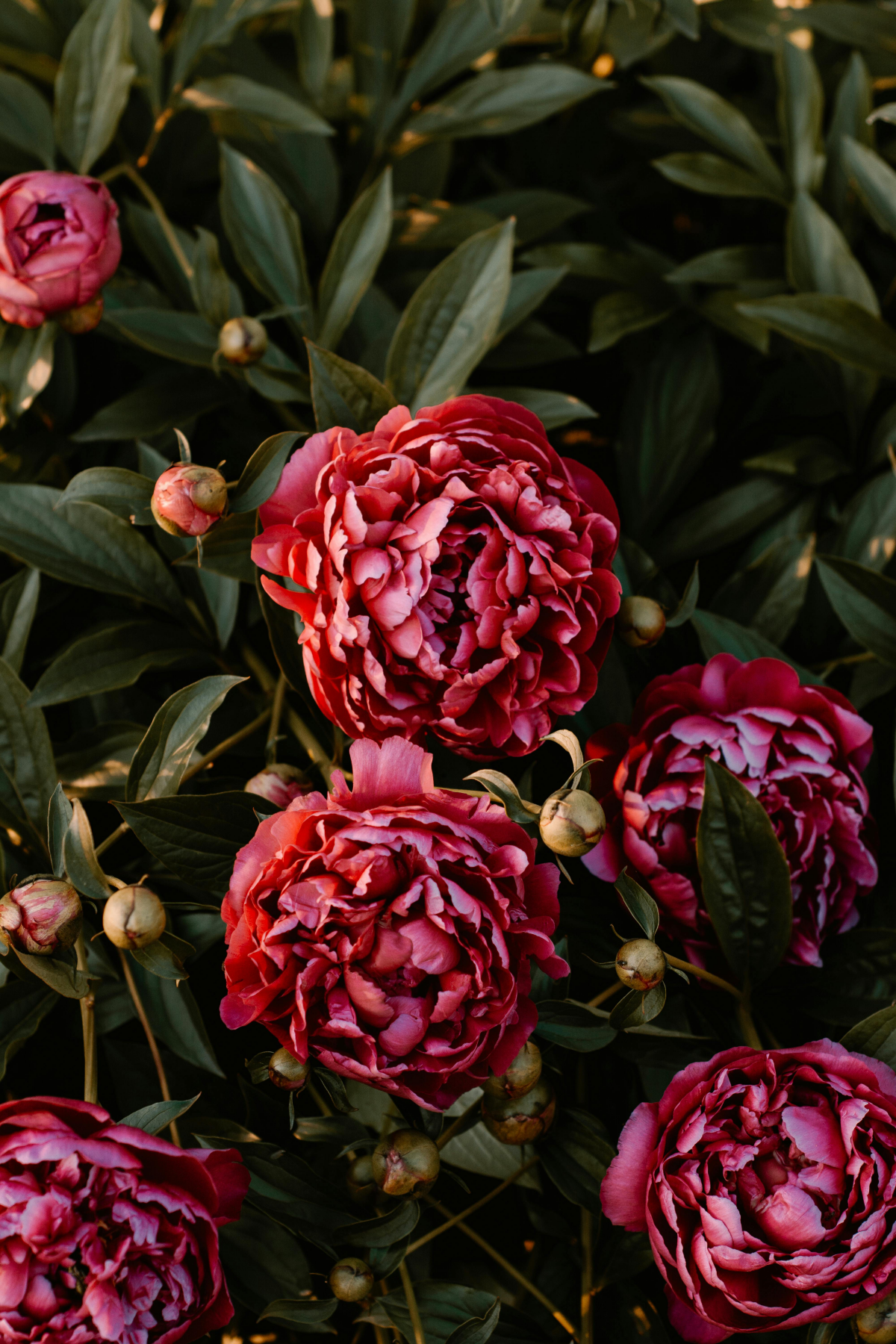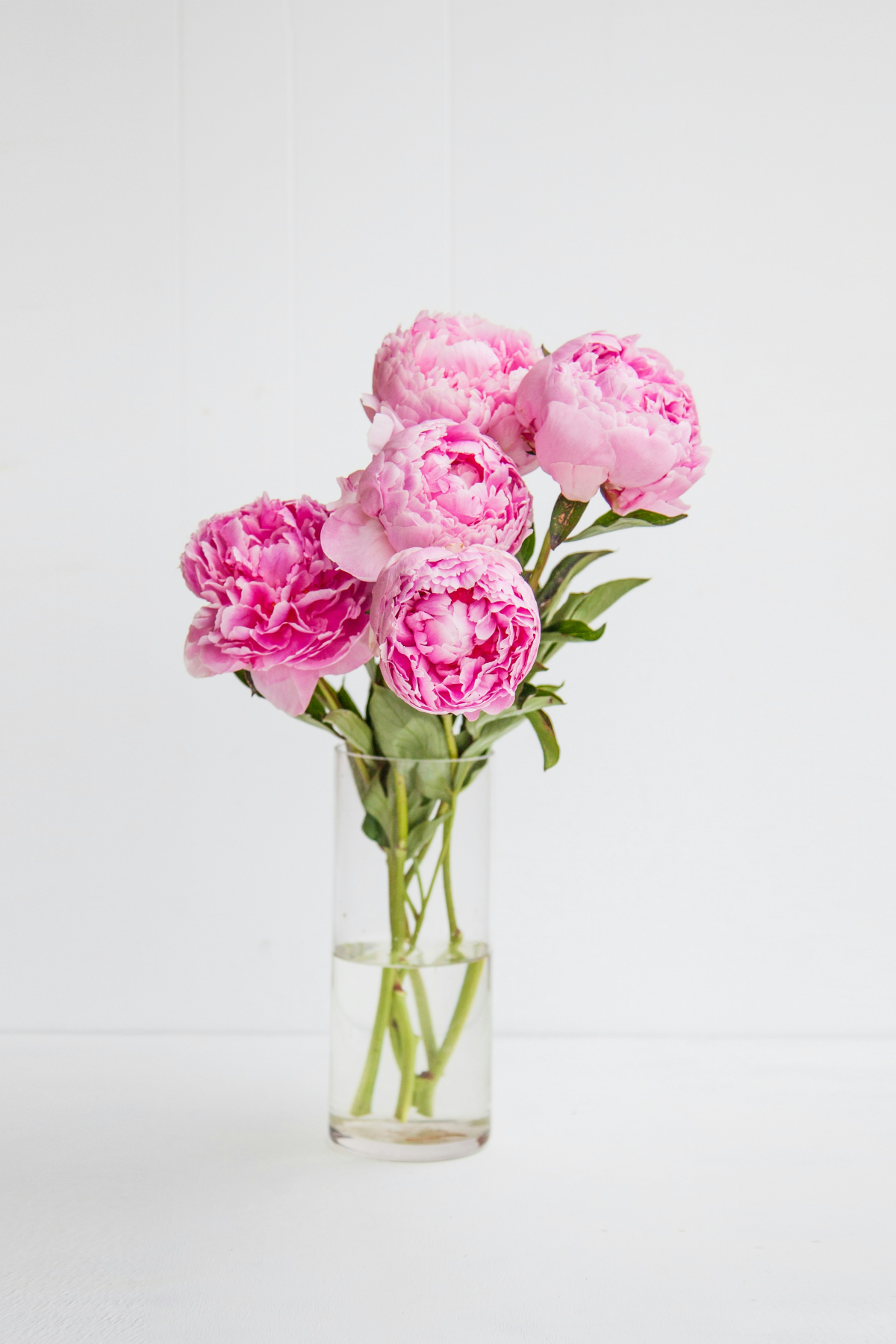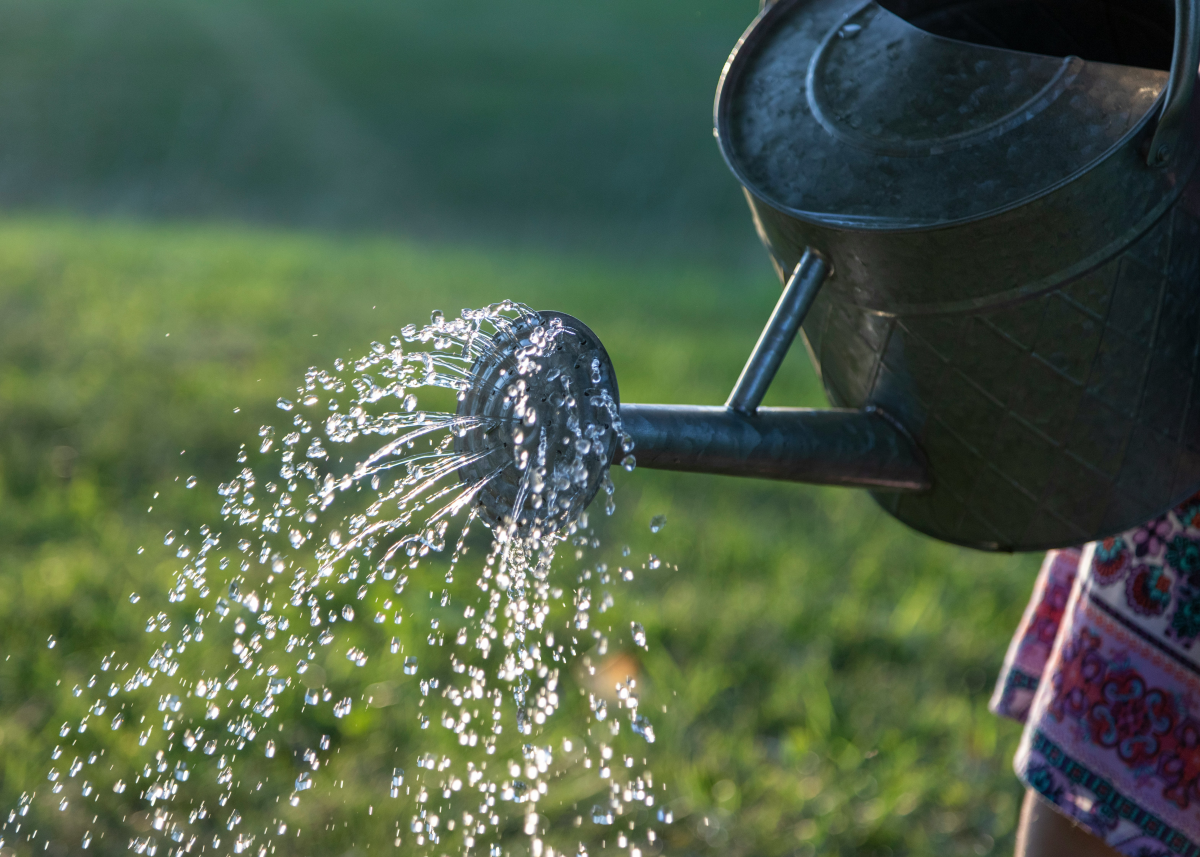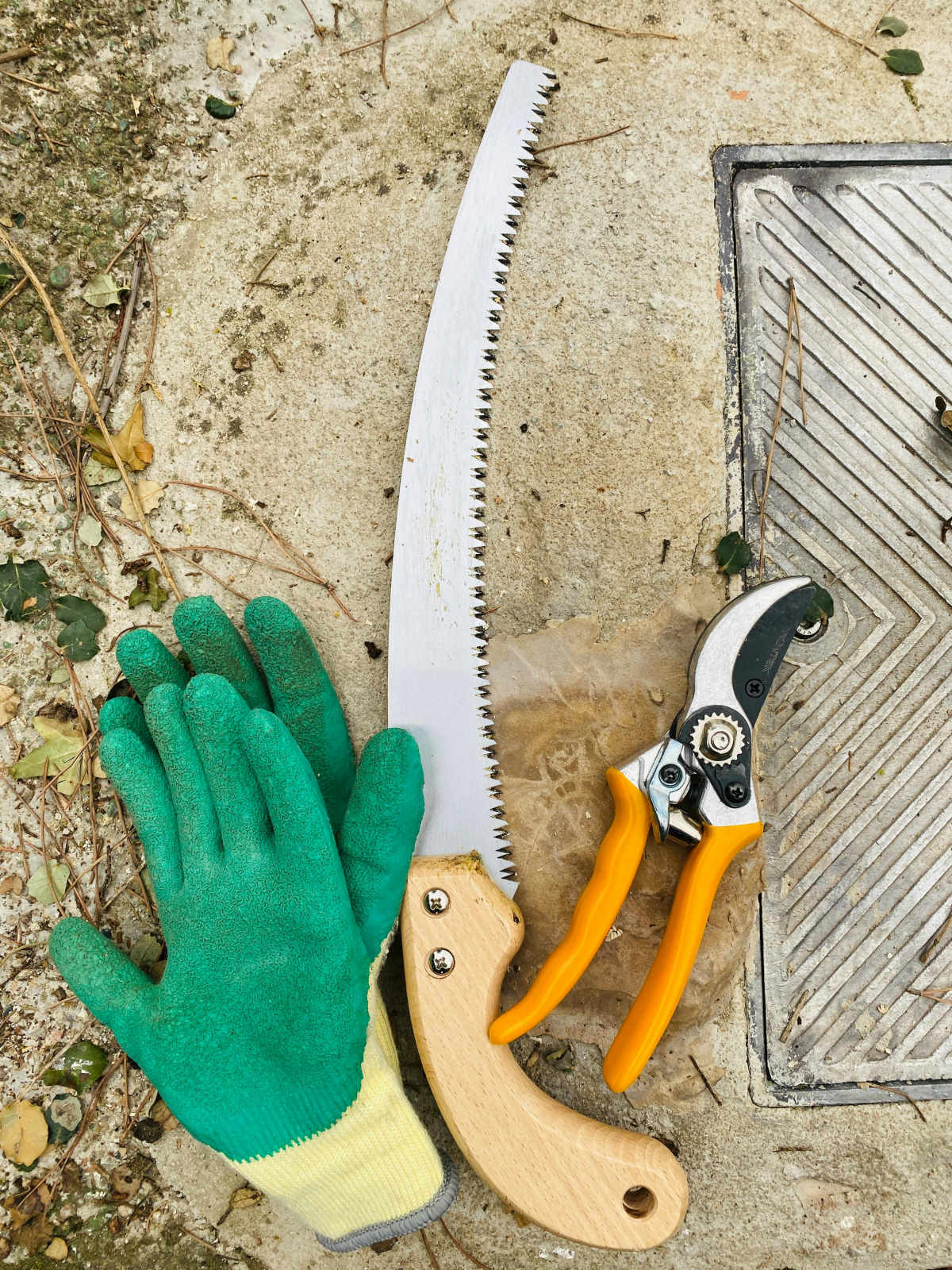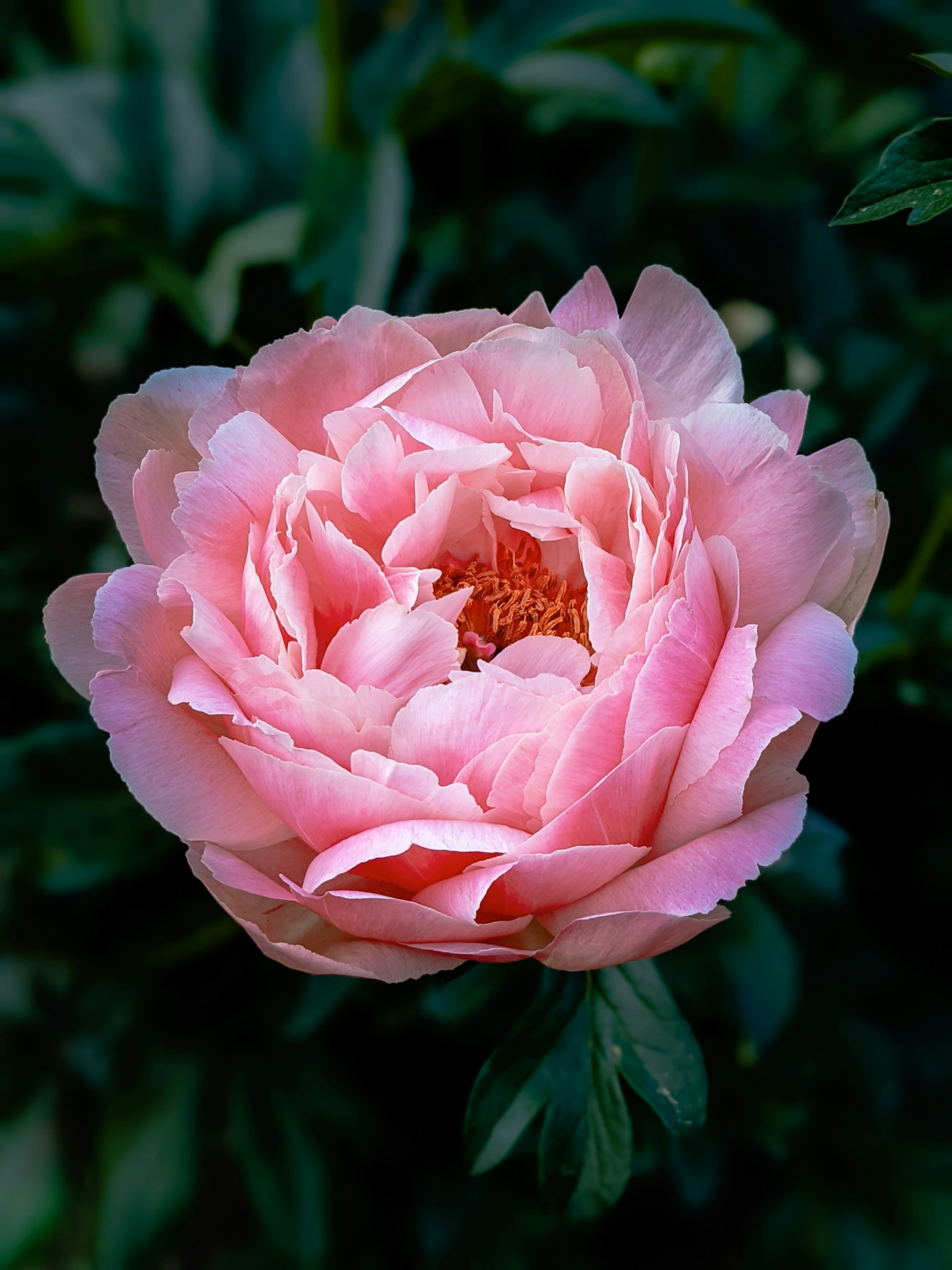How To Grow A Peony From Seeds: Step-by-Step Guide
Imagine a garden where peonies burst into bloom, their lush petals unfurling like a secret whispered to the sun. That’s the vision that captivated me years ago, propelling me into the enchanting world of growing peonies from seeds. This journey isn’t for the faint of heart. It’s a test of patience and care, a slow dance with nature’s rhythms. But the reward is a garden adorned with one of nature’s most exquisite creations. Here, I’ll share with you the intricacies of this journey, a detailed guide to growing the beautiful peony from seeds.
Embark on the enchanting journey of growing peonies from seeds
In this article
How To Grow a Peony From Seeds
Peonies are not just another pretty flower. They are botanical wonders. Belonging to the genus Paeonia, these perennial plants boast large, often fragrant flowers in an array of colors, from the purest white to the deepest red. Their resilience is remarkable. Peonies can thrive for decades, outliving the gardener who planted them. Growing these beauties from seeds is a lengthy yet rewarding process, akin to building a floral legacy that endures through time.
Peonies are beautiful flowers
Choosing high-quality seeds
The first step in this journey is selecting the right seeds. It’s a lesson I learned through much trial and error. Choosing seeds from reputable sources is not just about the potential for beautiful blooms. It’s about starting your journey with the best chance for success. Quality seeds are the bedrock upon which your peony garden will flourish. Look for seeds that are fresh and sourced from healthy parent plants. This initial choice will significantly influence the health and vibrancy of your future peonies.
Select quality seeds from reputable sources
Timing
The timing of planting is a crucial aspect often overlooked by novice gardeners. In my experience, the late fall or early winter is the perfect time to plant peony seeds in temperate climates. This period aligns with the natural cycle of the seeds, allowing them to undergo stratification – a process where the cold weather naturally prepares the seeds for germination. Planting during this time ensures that the seeds are in harmony with the seasonal changes, priming them for a successful sprouting when spring arrives.
Plant at nature’s cue in late fall or early winter for optimal peony seed development
Soil preparation
Soil preparation is a critical step in cultivating peonies. These plants require well-drained, fertile soil enriched with organic matter. I’ve spent countless hours refining the soil mixture in my garden, ensuring it has the right balance of nutrients and drainage. The ideal pH level for peonies is between 6.5 and 7.0 – slightly acidic to neutral. This pH range fosters a conducive environment for the roots to absorb nutrients effectively. Amend your soil with compost and organic matter to enhance its fertility and structure. Remember, the soil you prepare today lays the foundation for the peonies that will grace your garden for years to come.
Craft the perfect soil blend, balancing nutrients and pH for thriving peonies
Stratifying the seeds
Stratification is a critical step in the peony seed planting process, one that mimics the natural cold period these seeds require to break dormancy. My method involves mixing the seeds with damp peat moss, ensuring each seed is lightly coated. This mixture is then stored in a refrigerator for about three months. This artificial winter tricks the seeds into thinking they’ve gone through a natural winter, preparing them to germinate when the temperatures rise.
Simulate winter’s touch through stratification, a crucial step for peony germination
Sowing the seeds
Once the stratification period is complete, it’s time to sow the seeds. Sowing them an inch deep in well-prepared soil is the key. I’m always careful to maintain a spacing of at least 2 inches between seeds to give each one the space it needs to thrive. This careful spacing helps prevent overcrowding and ensures that each seedling can access the sunlight and nutrients it needs without competition.
Carefully sow stratified seeds, anticipating the emergence of peony sprouts
Germination process
The germination of peony seeds is a test of patience. It’s a slow process that can take up to a year. During this time, I keep the soil consistently moist but not waterlogged. Watching for the first signs of germination is a waiting game, but the sight of those tiny shoots breaking through the soil is incredibly rewarding. This stage requires vigilance to ensure the soil conditions remain optimal for the emerging seedlings.
Embrace patience as peony seeds slowly awaken, marking the beginning of growth
Caring for young peonies
After the seeds germinate, the young peonies need tender loving care. Balancing their need for sunlight while protecting them from potential scorching is crucial. I’ve learned to water them regularly, providing enough moisture to keep the soil slightly damp but not soggy. Over-watering can be detrimental, as peonies are susceptible to root rot if their ‘feet’ remain wet for too long. This stage is all about nurturing these young plants and watching them grow stronger each day.
Nourish young peonies with sunlight and water
Transplanting
When the seedlings reach about a year old, it’s time for transplanting. This is a crucial step in their development. I choose a sunny spot in my garden with good drainage for their new home. Carefully, I move each plant, taking extra care not to disturb the roots excessively. The transplanting process is a delicate one, but done correctly, it sets the young peonies on a path to thriving in their permanent location in the garden.
Gently relocate young peonies, setting them on the path to flourish in their garden home
Light
Peonies thrive in full sun, needing at least six hours of direct sunlight each day. This sunlight exposure is critical for the development of strong stems and vibrant blooms. In my own garden, I’ve positioned my peonies in areas where they receive ample morning sunlight and some partial shade in the afternoon. This balance helps to protect the flowers from the intense heat of the midday sun, which can sometimes cause the colors to fade and the petals to wilt.
Balance sunlight exposure, a key element for the peony’s strength and beauty
Watering
Proper watering is a crucial aspect of peony care. These plants prefer a consistent moisture level, without being waterlogged. Over the years, I’ve learned that deep, infrequent watering is more beneficial than frequent, shallow watering. This encourages the roots to grow deeper, making the plants more drought-tolerant. In my garden, I water the peonies thoroughly once a week, ensuring that the soil is moist but not soggy. During the hot summer months, I increase the frequency slightly to prevent the soil from drying out completely.
Master the art of watering, crucial for peony health and resilience
Pruning
Pruning peonies is essential for their health and vibrancy. In the fall, after the first frost, start by removing dead or diseased foliage to prevent disease spread. For herbaceous peonies, cut stems back to about 2-3 inches above ground level, helping prevent overwintering diseases. Tree peonies require shaping rather than cutting back, focusing on removing crossing branches for better air circulation and reduced disease risk. Use sharp, clean pruning shears for clean cuts and to avoid introducing diseases. Clean tools before and after use. Post-pruning, apply mulch around the plant base for root protection and moisture retention. Remember, pruning is about balance. It’s guiding the plant’s energy to encourage healthy growth and beautiful blooms.
Prune to promote health and vibrancy, shaping the plant’s energy towards blooms
Seasonal care
Peonies respond well to seasonal care adjustments. In the winter, I make sure to mulch my peony plants. This protective layer serves as an insulating blanket, safeguarding the roots from harsh winter temperatures. It also helps to retain soil moisture and suppresses weed growth. Come spring, feeding the peonies is a critical task. I usually apply a balanced fertilizer to provide them with the necessary nutrients for the upcoming blooming season. This yearly ritual of mulching and feeding plays a significant role in the health and flowering capability of my peonies.
Adjust care with the seasons, protecting in winter and feeding in spring
Common issues
Even with meticulous care, peonies can face challenges such as pests and diseases. In my gardening journey, aphids have been a common adversary. These tiny pests can sap the strength from the plants, hindering their growth and bloom. I’ve found that regular inspection and natural remedies, such as soap sprays, can effectively control aphid infestations. Fungal diseases are another issue that can plague peonies. They can lead to unsightly foliage and affect the overall health of the plant. Through research and trial and error, I’ve learned that proper air circulation and avoiding water on the foliage are key to preventing these fungal problems. When necessary, I use fungicides, but I always prefer to start with preventative measures.
Tackle pests and diseases with natural remedies and preventative care
Growing a peony from seeds is a journey of passion, patience, and persistence. It’s a process that has taught me not just about gardening but about the rhythms of nature and the joys of anticipation. The moment when the first bloom unfurls is nothing short of magical, a testament to the gardener’s dedication. Embrace the challenge, and your garden will be a testament to both beauty and perseverance.
Enjoy the magical blooming, a reward for your dedication and harmony with nature



